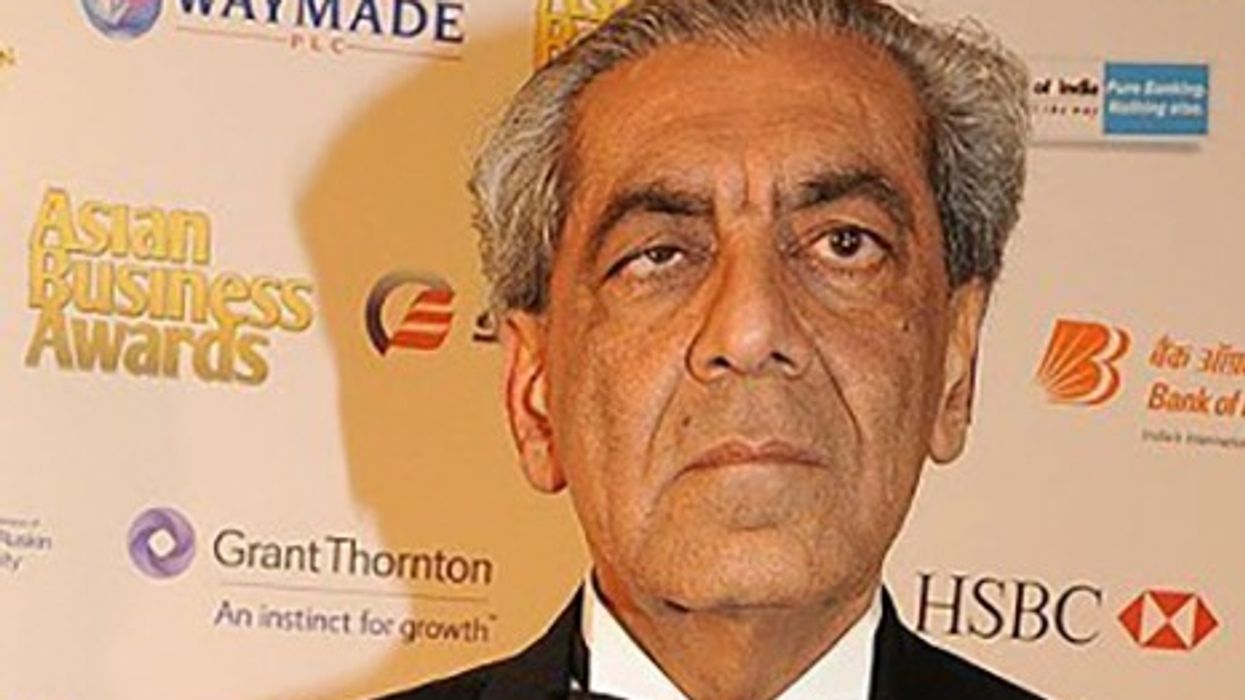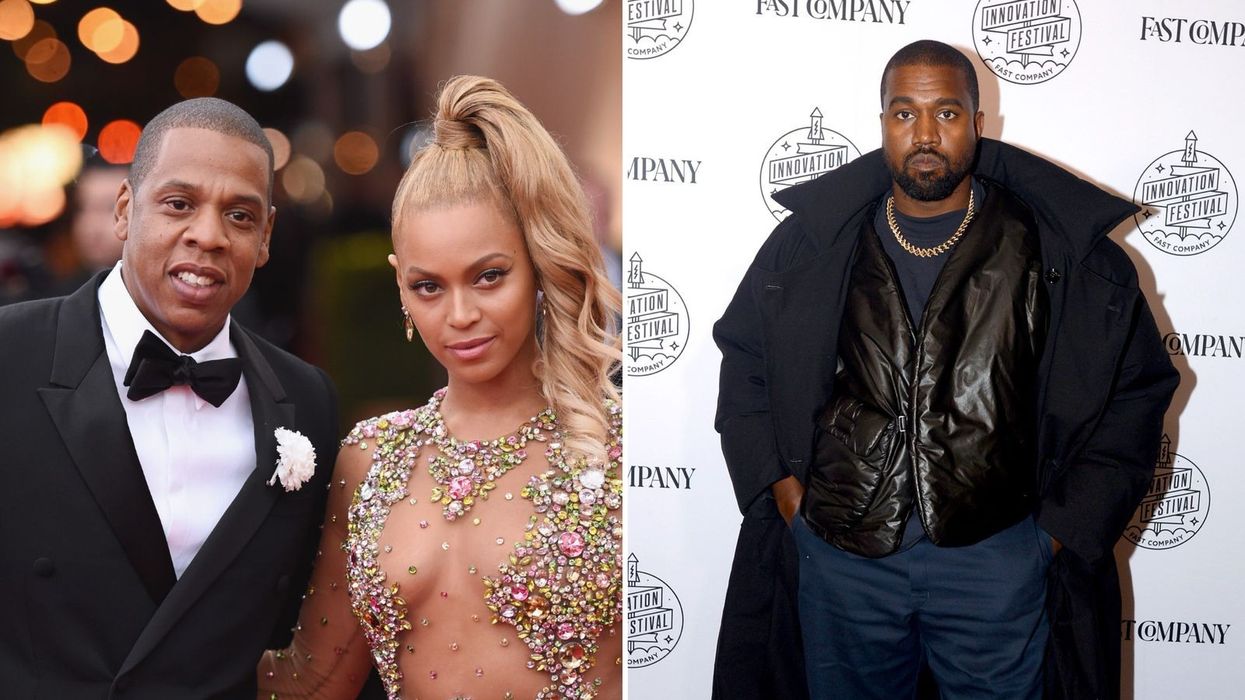INDIA's marathon six-week election will begin on April 19 with nearly a billion people across the world's biggest democracy eligible to cast their votes.
Here are the details about how the poll is conducted and what is likely to happen:
How do people vote?
All Indian citizens aged 18 and above are eligible to vote and 970 million people are enrolled, according to the election commission.
Turnout during the last national elections was more than 67 per cent, with nearly 615 million people casting a ballot.
India uses electronic voting machines which allow for faster counting of ballots.
The election commission says there is no way to connect to the machines remotely and no way to compromise the results.
Election officials travel by foot, road, trains, helicopters, boats and occasionally camels and elephants to set up polling stations in remote locations.
They are sometimes accompanied by security forces in areas with a history of insurgent violence.
Why will it take so long?
The sheer number of voters means that every time India holds a national election, it marks the largest exercise of the democratic franchise in human history.
A total of 15 million people will work the polls, including people temporarily assigned from elsewhere in the civil service.
Complicating the challenge are electoral laws requiring that each voter is no more than two kilometres (1.2 miles) away from a polling booth.
During the last election in 2019, for example, a polling booth was set up for a single voter living deep inside a forest in the western state of Gujarat.
Organisers say it is impossible to operate the 1.05 million polling stations needed around the country on a single day.
To ease the immense logistical burden, voting is staggered over six weeks starting from April 19.
Local weather, religious festivals, farm harvests and school terms are also taken into account to make sure voters in each corner of India can go to the polls at the most convenient date.
How much does it cost?
Election spending has grown rapidly in tandem with India's booming economy, now the fifth-largest in the world after overtaking former colonial master Britain in 2022.
An estimated $8.7 billion (£6.8bn) was spent by organisers, political parties and candidates in 2019, according to a report by the Centre for Media Studies (CMS).
Around a quarter of that figure was cash payments made directly to voters by candidates in an attempt to sway their decision, the report said.
The same think-tank told Indian media in February that it forecast election spending to exceed $14.2bn (£11.2bn) for this year's contest.
That figure is almost on par with political spending during the 2020 congressional and presidential elections in the US.
What will happen?
Prime minister Narendra Modi is seeking a third consecutive term, and nearly all observers agree his chest-thumping appeals to Hindu nationalist sentiment will again prove an election winner.
Modi, 73, remains robustly popular after a decade in power, with a Pew survey last year finding he was viewed favourably by nearly 80 per cent of Indians.
His opponents have been hamstrung by infighting and what they say are politically motivated legal investigations aimed at hobbling challengers of Modi's ruling Bharatiya Janata Party (BJP).
Speculation has focused not on whether the BJP will win but on the magnitude of its victory, with party figures publicly confident they will secure a two-thirds majority in the lower house.
Such a result would give it a freer hand to make changes to India's nominally secular constitution and pursue other long-held ideological passion projects.
That could include a new civil code to standardise the patchwork of marriage and divorce laws that apply to Muslims, Sikhs and other minorities, a deeply contentious move opposed by those communities.
When will we know who has won?
Publication of exit poll data while an election is in progress is illegal under Indian law, so any indication of which way the vote is trending will only come after the last phase of voting concludes on June 1.
Formal ballot counting begins three days later on June 4 and the use of electronic voting machines means that tallying will be quick. Results should be announced the same day.
The party with a simple majority of 273 or more seats in the lower house is invited to form a government with its choice of prime minister.
If no single party reaches that mark, the president will ask the biggest party to try to put together a coalition.
In past decades that has led to days, and sometimes weeks, of intense horse-trading and negotiations between parties to cobble together a working majority.
(AFP)



















 Damian Talbot
Damian Talbot